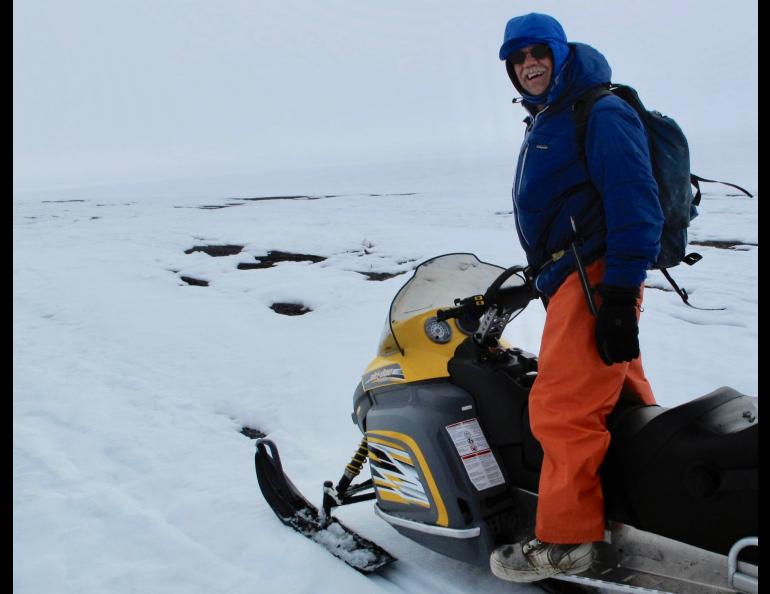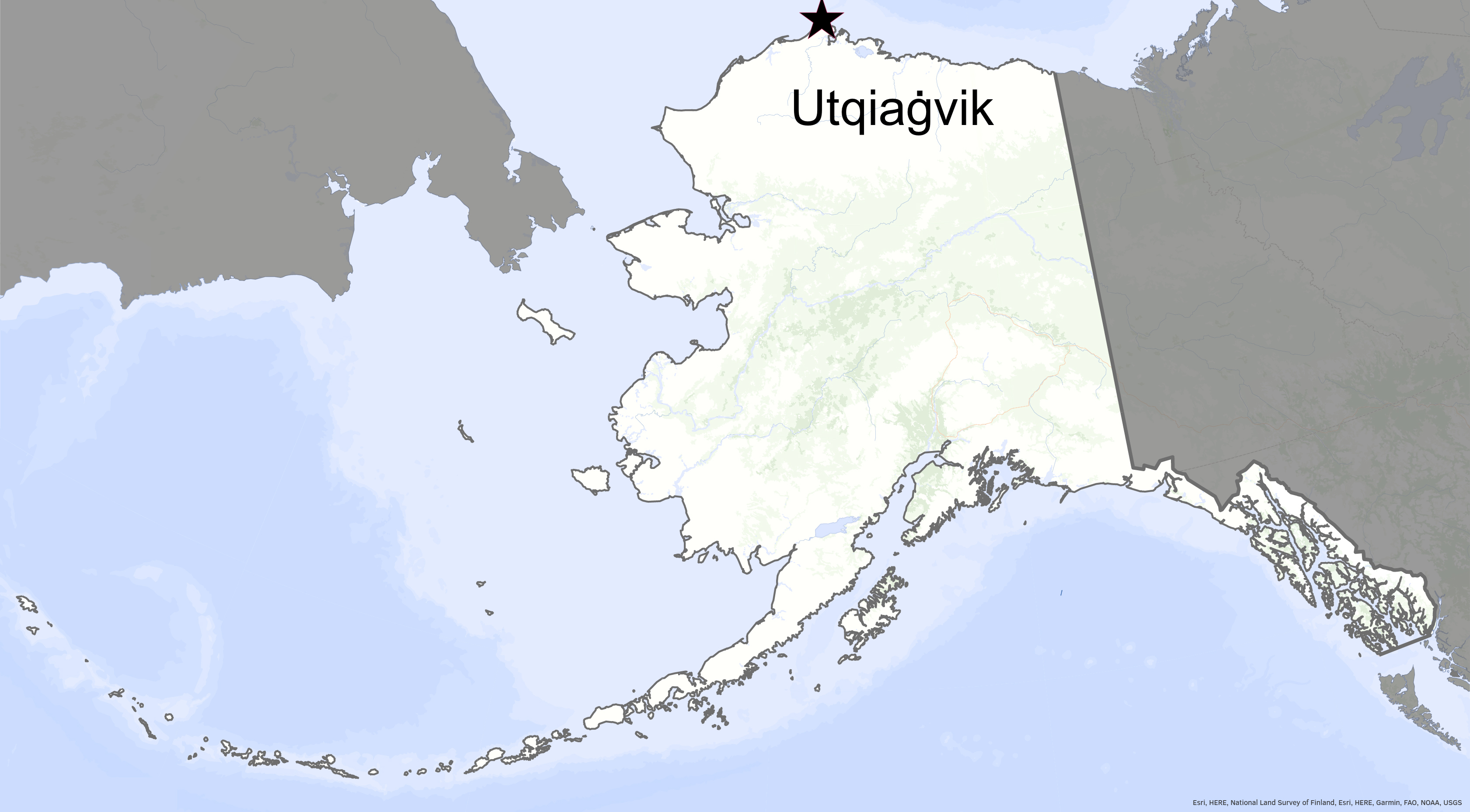



Craig George’s remarkable northern legacy
I was sad to learn recently that Craig George was missing and presumed dead when a raft he was floating upon hit a logjam in the Chulitna River on July 5, 2023. The Chulitna flows south from Broad Pass in the Alaska Range. George had run that river many times.
George, 70 at the time of the accident, was an icon of northern science, having lived much of his life in Barrow, now Utqiagvik, the northernmost community in the United States. The retired biologist with the North Slope Borough was a world expert on bowhead whales who had the respect of scientists worldwide and the residents in his adopted town.
I once visited Utqiagvik to research a book about a permafrost scientist. After George answered my questions about Kenji Yoshikawa (who once arrived there in a sailboat from Japan), George asked me if I wanted to go count whales with him.
He then toted me by snowmachine over the infinite sea ice, carrying me the farthest north I’ve ever been and giving me my first glimpse of a polar bear.
Following is a story I wrote about that trip — and that exceptional man — in 2010:
OFF POINT BARROW — “We’re a long ways offshore,” Craig George says. “The water beneath us is about 180 feet deep.”
In late May, a chilly breeze cuts from the west as we stand on a platform of bluish white sea ice. “The Perch,” a whale-watching tower located on a snowmachine cul de sac at the top of North America, is a small castle made of ice chunks and an impressive amount of labor.
George, fellow biologist Leslie Pierce and I are at the ragged edge of sea ice that clings to the northern coast. Eiders, sea ducks almost as large as geese, bark in the cool air above the open water a few hundred yards ahead of us; the first loons to arrive this far north zip by on their way to summer.
George, a biologist with the North Slope Borough, located the Perch here so he and other biologists could count bowhead whales as they arc over the continent while migrating from the Chukchi to Beaufort seas. He and Pierce are pulling a four-hour watch from the Perch for the final time in a spring season during which Barrow whaling teams have harvested 14 bowhead whales.
Bowheads are magnificent creatures that may reach 100 tons and spend their long lives in cold northern waters. As discovered by George and others, some bowheads swimming by today may have also been passing this point when Thomas Jefferson slept in the White House.
Few people know as much about Balaena mysticetus as Craig George. He migrated to Barrow in the late 1970s and has studied the creatures since 1980, a time when scientists knew little about bowheads. The animals are so important for northern indigenous cultures that people evolved around using bowhead bodies for food, bowhead oil to light their lamps and bowhead bones to build shelters from the cold and constant wind.
George — tanned, solid and rugged as a walrus — recently completed his doctorate at the University of Alaska Fairbanks. With his 168-page thesis, he has condensed three decades of accompanying Inupiat hunters while they harvested whales and has refined his experiences into insights on bowhead biology. Here are a few highlights:
Bowheads can go without eating for more than one year (1,000 times longer than a mouse, he notes).
Bowheads can live to 200 years old in part because the whales evolved in cold water without much food. “These stressors may have led to slow growth, delayed maturity and subsequently extended longevity to ensure reproductive success,” George wrote.
So efficient is the bowhead’s foot of blubber insulation that bowhead skin temperatures are about equal to the surrounding frigid ocean, while their internal temperature remains about 33.7 degrees Celsius (92.7 degrees F).
Bowheads have an incredible system for shedding excess heat that involves the flukes of the tail, the roof of the mouth and a bowhead’s pickup truck-size tongue. “The body temperatures for pursued whales . . . were not elevated. In fact, the lowest temperature was for the whale pursued (by whale hunters) the longest,” George wrote.
Back on the Perch, it is a slow day for bowhead watching. Curtains of fog open and close above the open water through which the bowheads are swimming. George, Pierce and another watcher saw 18 whales yesterday, along with a polar bear that padded within a few dozen feet of the Perch before wandering off. We see neither whales nor bears at the Perch today (though the bears will appear for us later at a pile of whale bones near Point Barrow).
After deciding to dismantle the canvas windbreak material from around the Perch, George scribbles the day’s result in his notebook. On ice steps sprinkled with gravel to enhance grip, George and Pierce descend from the Perch for the final time in 2010 (they often complete the spring whale count in late May). Soon, the sea ice that supports it will melt, and that impressive structure will vanish.
In a few hours, George will return to his office north of Barrow and enter his data from another year of routing snowmachine trails through sea ice, building towers from ice blocks, shooing off polar bears and standing in greasy boots alongside village whaling captains as they process their catch. For all his knowledge on bowhead whales, George in his thesis wrote that he would have learned much less without the people whose ancestors were hunting the whales right here when Jesus Christ was walking the other end of the planet.
“The Eskimo whale hunters, captains and crews deserve great credit — perhaps singular credit — as without their support this research would have been impossible. They supported me in the field, fed me maktak (blubber), offered ideas and supported the Department’s seemingly esoteric research for 30 years. They taught me more whale biology than I will ever teach them.”








